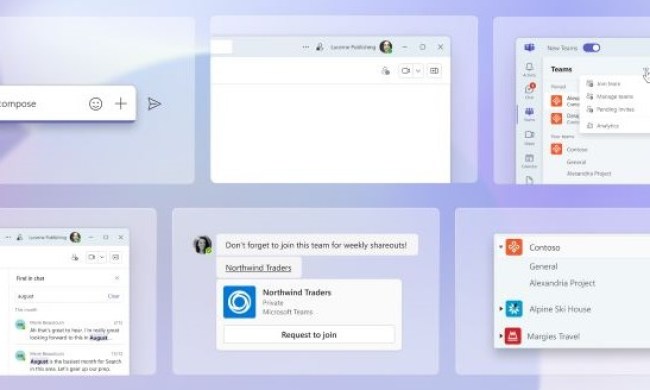Microsoft Teams and Slack, rival digital collaboration tools, have both reported massive gains in customer numbers as workers stay at home amid the outbreak of the new coronavirus, officially known as COVID-19.
Companies from various industries, in a bid to help contain the COVID-19 pandemic, have established work-from-home arrangements for employees whose duties may be translated into remote work. This has greatly benefited Microsoft Teams and Slack, as both platforms jockey for position in meeting customers’ needs for their services.
Microsoft Teams increased its number of daily active users to 44 million as of March 18, compared with 32 million on March 11 and 20 million in November. The tool’s one-week increase of 12 million daily active users matched the total number for rival Slack.
Slack’s numbers were not as high as Microsoft Teams’ but impressive nonetheless. The service added 7,000 paid customers from February 1 to March 18, compared with 5,000 new paid customers in its previous fiscal quarter through January 31.
Microsoft Teams will roll out three new features this year to help employees who are working from home. These include real-time noise suppression to reduce distracting background noises, the raise your hand button to facilitate conference calls, and chat pop-out to move the app’s chat boxes to other parts of the person’s desktop.
Slack, meanwhile, recently redesigned its interface to simplify and organize menus and settings, while also adding sidebar sections that group together channels, direct messages, and apps.
The updates contribute to ongoing comparisons between Microsoft Teams and Slack, as companies and their employees make the decision of which digital collaboration tool to utilize to enable remote work.
COVID-19 pandemic
The rise of work-from-home arrangements is just one of the many effects of the COVID-19 pandemic on society. Small businesses are scrambling to move their presence online, events such as this year’s Google I/O have been canceled, and automakers have shut down their factories, among many examples that range across most aspects of life.
It remains unclear how long the measures against the coronavirus outbreak will need to be in place. In the meantime, it would appear that for companies where remote work is possible, meetings and communications through Microsoft Teams and Slack will be the new normal for now.


